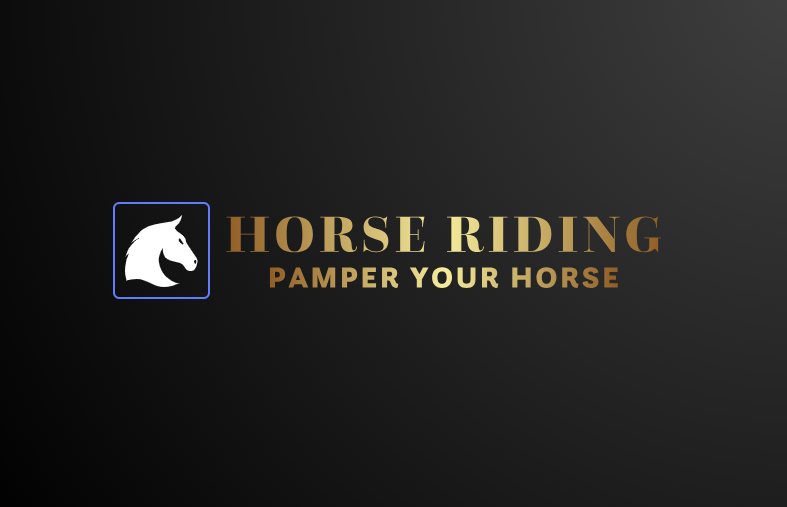
Overcoming performance anxiety while riding
Key Takeaways
- Understand and acknowledge your anxiety triggers.
- Practice relaxation techniques before riding.
- Create a pre-ride routine to build confidence.
- Set realistic goals during your riding sessions.
- Communicate openly with your horse and instructor.
Performance anxiety is a common challenge for many riders, whether they are competing in events or simply engaging in regular riding activities. This article offers practical strategies to help manage performance anxiety and improve your mental approach to riding. By implementing these techniques, riders can enhance their overall experience in the saddle.
Understanding performance anxiety
Performance anxiety is often characterized by feelings of fear or uneasiness that can hinder a rider's ability to perform at their best. It's important to recognize that these feelings are natural and can be managed effectively.
Common triggers of performance anxiety
- Fear of failure in competitions.
- Worrying about other people's opinions.
- Perfectionism and high personal standards.
- Experiencing a past negative riding incident.
Strategies to manage anxiety
Here are some effective strategies that can help you overcome performance anxiety while riding:
1. Acknowledge your feelings
The first step in overcoming anxiety is to acknowledge it. Instead of suppressing your feelings, take a moment to recognize your anxiety and understand it is a normal part of the riding experience.
2. Practice relaxation techniques
Incorporating relaxation techniques into your routine can significantly improve your mindset:
- Deep breathing exercises.
- Progressive muscle relaxation.
- Meditation or mindfulness practices.
3. Develop a pre-ride routine
Establishing a consistent pre-ride routine can help ground you and build confidence. Consider including:
- Stretching and warming up.
- Visualizing a successful ride.
- Listening to calming music.
4. Set realistic goals
It's crucial to be realistic about your expectations. By setting achievable goals, you set yourself up for success and reduce the pressure you place on yourself!
| Goal Type | Example Goal | Impact on Anxiety |
|---|---|---|
| Short-term | Ride for 30 minutes without distractions | Builds confidence gradually |
| Medium-term | Participate in a local show | Improves skills and experience |
| Long-term | Compete in an advanced competition | Establishes long-term commitment |
5. Communicate with your horse and instructor
Developing a strong connection with your horse is essential. In addition, keeping an open line of communication with your instructor can provide you with guidance and support during your journey. Remember, everyone progresses at their own pace!
Conclusion
Overcoming performance anxiety takes time, patience, and practice. By adopting these strategies, riders can manage their anxiety more effectively and enhance their overall riding experience. Remember that you are not alone in this journey, and by reaching out for support from fellow riders or instructors, you’ll create a more positive atmosphere for yourself and your horse.
Pros
- Improved focus and performance.
- Enhanced connection with your horse.
- Greater enjoyment of riding.
Cons
- It may take time to see results.
- Requires consistent practice and commitment.
Tips for beginner riders
- Take your time to build confidence.
- Ride with experienced friends who can support you.
- Attend riding clinics to enhance your skills.
Further resources
For more tips on improving your riding experience, check out our articles in the Rider Tips and Advice category. You might also find useful insights in our Buying Guides to ensure you're well-equipped for your rides. Remember, every journey begins with a single step toward improvement!
